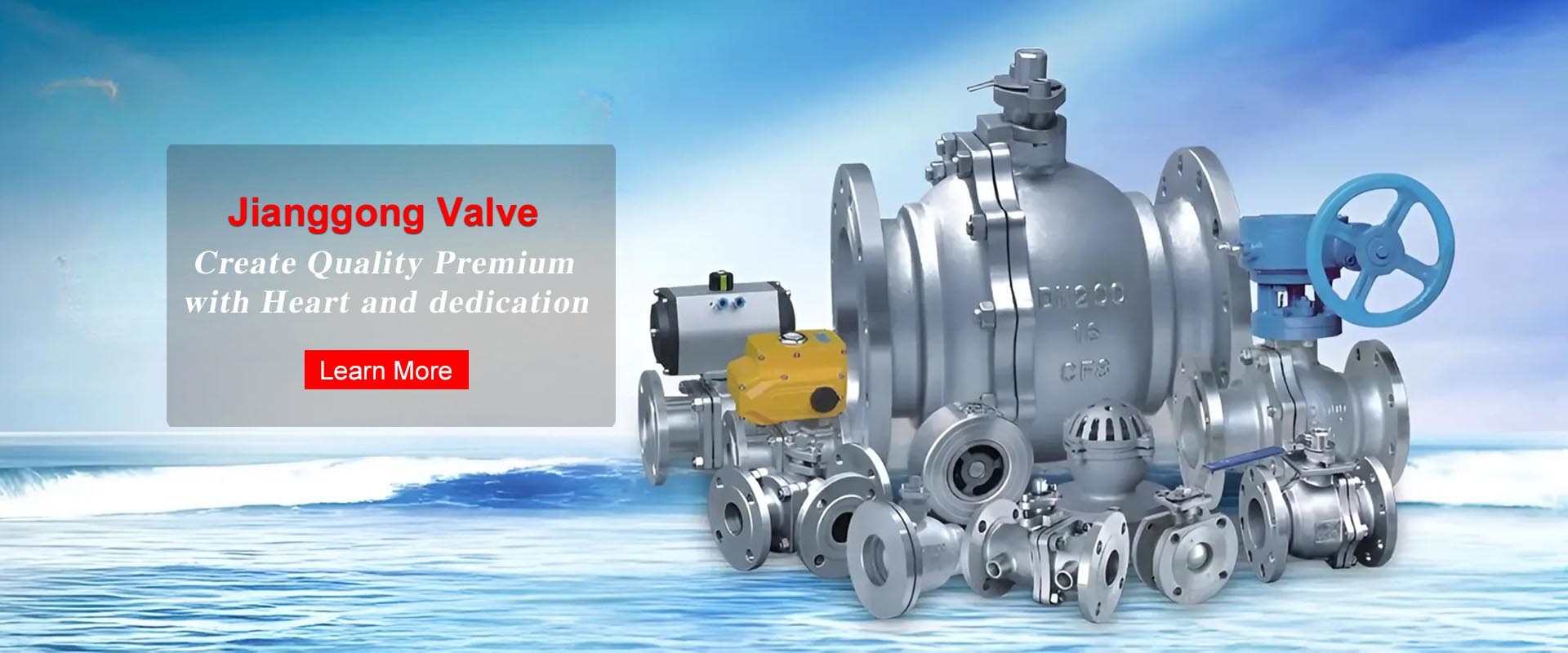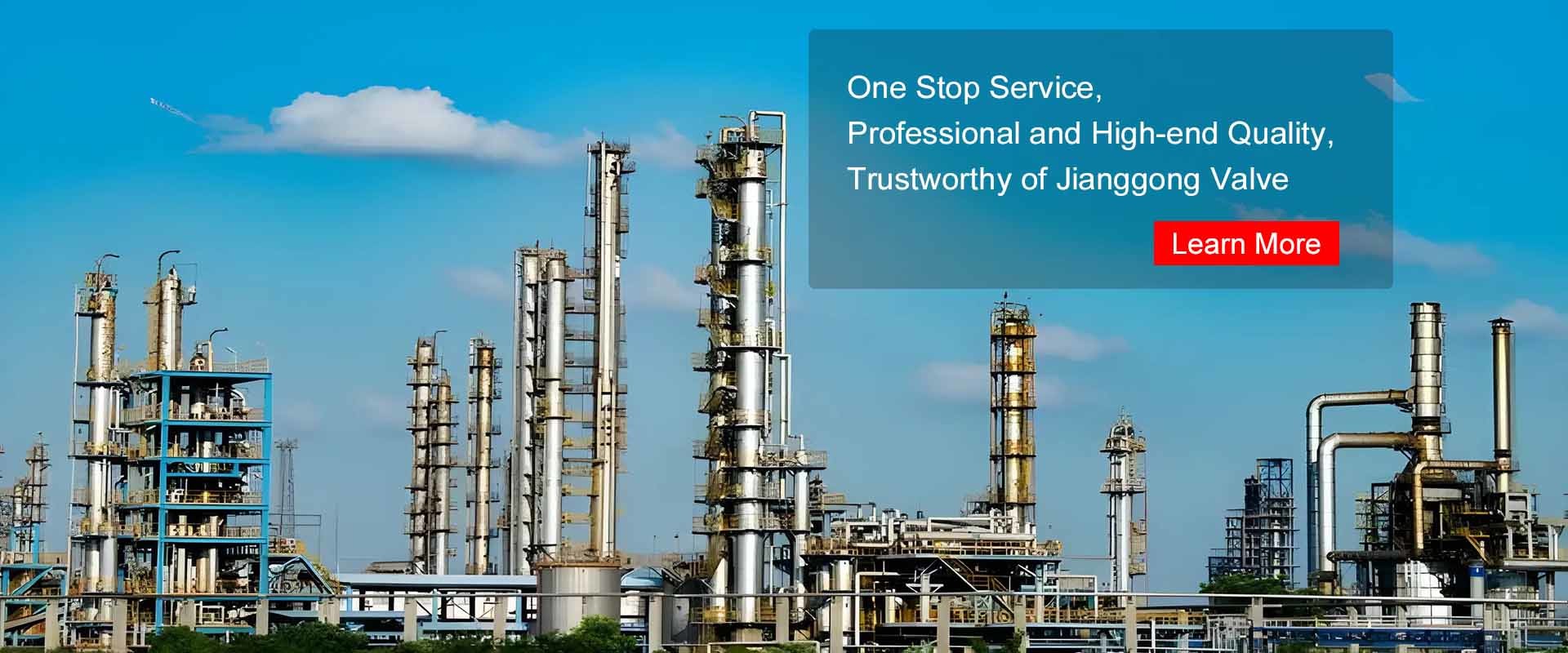.gtr-container-x7y3z9 {
font-family: Verdana, Helvetica, "Times New Roman", Arial, sans-serif;
color: #333;
line-height: 1.6;
padding: 15px;
box-sizing: border-box;
}
.gtr-container-x7y3z9 .gtr-heading-2 {
font-size: 18px;
font-weight: bold;
margin-top: 2em;
margin-bottom: 1em;
color: #0056b3;
text-align: left;
}
.gtr-container-x7y3z9 .gtr-heading-3 {
font-size: 16px;
font-weight: bold;
margin-top: 1.5em;
margin-bottom: 0.8em;
color: #007bff;
text-align: left;
}
.gtr-container-x7y3z9 .gtr-heading-4 {
font-size: 15px;
font-weight: bold;
margin-top: 1.2em;
margin-bottom: 0.6em;
color: #495057;
text-align: left;
}
.gtr-container-x7y3z9 p {
font-size: 14px;
line-height: 1.6;
margin-bottom: 1em;
text-align: left !important;
}
.gtr-container-x7y3z9 ul,
.gtr-container-x7y3z9 ol {
list-style: none !important;
padding-left: 25px;
margin-bottom: 1em;
}
.gtr-container-x7y3z9 ul li,
.gtr-container-x7y3z9 ol li {
position: relative;
margin-bottom: 8px;
font-size: 14px;
line-height: 1.6;
text-align: left;
list-style: none !important;
}
.gtr-container-x7y3z9 ul li::before {
content: "•" !important;
position: absolute !important;
left: 0 !important;
color: #007bff;
font-size: 1.2em;
top: 0;
}
.gtr-container-x7y3z9 ol li::before {
content: counter(list-item) "." !important;
position: absolute !important;
left: 0 !important;
color: #007bff;
font-weight: bold;
width: 20px;
text-align: right;
top: 0;
}
.gtr-container-x7y3z9 .gtr-table-wrapper {
overflow-x: auto;
margin-bottom: 1em;
}
.gtr-container-x7y3z9 table {
width: 100%;
border-collapse: collapse !important;
border-spacing: 0 !important;
margin-bottom: 0;
border: 1px solid #ccc !important;
min-width: 600px;
}
.gtr-container-x7y3z9 th,
.gtr-container-x7y3z9 td {
padding: 10px 12px !important;
border: 1px solid #ccc !important;
text-align: left !important;
vertical-align: top !important;
font-size: 14px;
line-height: 1.6;
word-break: normal;
overflow-wrap: normal;
}
.gtr-container-x7y3z9 th {
font-weight: bold !important;
background-color: #f8f9fa;
color: #333;
}
.gtr-container-x7y3z9 tbody tr:nth-child(even) {
background-color: #f2f2f2;
}
@media (min-width: 768px) {
.gtr-container-x7y3z9 {
padding: 20px 30px;
}
.gtr-container-x7y3z9 .gtr-heading-2 {
font-size: 20px;
}
.gtr-container-x7y3z9 .gtr-heading-3 {
font-size: 18px;
}
.gtr-container-x7y3z9 .gtr-heading-4 {
font-size: 16px;
}
.gtr-container-x7y3z9 table {
min-width: auto;
}
}
Have you ever thought about how factories deal with tough stuff like thick slurries or gritty powders without things getting all clogged? Well, pinch valves step in there. They aren’t some fancy tech toys. But they sure are dependable champs in managing flow. If you work in making things, cleaning wastewater, or handling food, knowing about pinch valves might spare you some big troubles later. We’ll go through this guide bit by bit. What they are. How they operate. And where they really stand out. Hang in there. By the finish, you’ll get why lots of folks rely on them.
Understanding the Basics of Pinch Valves
What Exactly is a Pinch Valve?
Basically, a pinch valve is a straightforward but smart tool. Imagine a bendy tube getting squeezed tight to halt the flow. That’s the main idea. It’s a type of valve with a soft body. A rubbery sleeve gets pinched by machine parts or air pressure. No complicated balls or gates involved. Just a clear path that shuts firm.
It’s like when you pinch a hose in the yard to cut off water. Yet in big operations, this sits inside a strong case. The sleeve touches the stuff flowing through. So the valve doesn’t wear out fast. I’ve spotted them in mining spots. They manage rough slurries all day long. And they hold up fine.
Key Components and Design Features
Let’s dive into the main pieces. A regular pinch valve comes with three key parts.
Housing: Often made from cast iron, lightweight aluminum, or tough stainless steel. It guards the sleeve. And it supports the pinching setup.
Sleeve: That’s the flexible pipe. Usually from natural rubber, sturdy EPDM, or resistant Viton. It can be thin as 1/8 inch or thicker than 1 inch. Depends on the pressure it faces.
Actuator: Might be a hand turn wheel, air-powered, or fluid-driven. Air ones are common. They act quick. Sometimes shut in less than a second.
On design, the flow way is straight. No hidden spots or cracks. Nothing for buildup. That’s key for clean jobs, like in drug making where dirt is a huge no-no. They come in sizes from small 1/4-inch for labs to huge 48-inch for big lines.
To beef this up, consider how these parts team up. The housing keeps everything safe. The sleeve does the heavy lifting with the fluid. And the actuator calls the shots on open or close. It’s a simple combo. But it works great in harsh spots. For instance, in chemical plants, the right sleeve material fights off corrosion. That extends life big time.
How Pinch Valves Work: The Principles Explained
The Pinching Mechanism in Action
This part is cool. When it’s open, the sleeve stays round. Fluid goes through easy. To close, the actuator presses it flat. That seals the flow. Mechanical way uses bars or clamps. Fluid style pumps air or water into the case. It squeezes the sleeve from outside.
Pressure matters a lot. Many handle up to 150 psi. But stronger sleeves manage 300 psi in rough places like chem factories. The key idea is bounce-back. The sleeve snaps to shape when let go. No sticking around.
Take a cement plant for example. Powders rush through. Solids get stuck? No issue. The sleeve wraps around them. Stops leaks. It’s tolerant like that. Unlike stiff valves that could jam up.
From what I’ve read in industry reports, this flex helps in spots with varying particle sizes. Say, in mining, ore bits range from dust to chunks. The pinch action handles it all without fuss.
Types of Pinch Valves
Pinch valves vary. Not one size fits all. Here’s a fast list.
Open-Body Pinch Valves: Sleeve out in the open. Easy to swap. Good for light pressure slurries.
Enclosed-Body: Sleeve hidden in a sealed box. Safer for dangerous liquids.
Air-Operated: Runs on compressed air. Speedy and steady. Often in auto setups.
Manual: Turned by hand. Basic and cheap for simple jobs.
Each kind fits certain tasks. Air-operated rule in food making. They’re clean. No touch with the goods.
Comparing Pinch Valve Types
Type
Actuation Method
Best For
Pressure Rating
Cost Level
Open-Body
Manual/Mechanical
Abrasive slurries
Up to 100 psi
Low
Enclosed-Body
Pneumatic/Hydraulic
Hazardous chemicals
150-300 psi
Medium
Air-Operated
Air Pressure
Food & Pharma
50-200 psi
Medium
Manual
Handwheel
Low-flow applications
Up to 150 psi
Low
This chart lays out the options. Choose by your needs. Keep it simple.
Adding to this, some types have extras like position indicators. Or fail-safe features. In power plants, for instance, air-operated with backups prevent accidents during outages. It’s those little adds that make them fit specific jobs better.
Advantages and Limitations of Pinch Valves
Why Choose a Pinch Valve?
These valves offer solid perks. Low upkeep first. Only the sleeve wears. Changing it takes maybe 15 minutes right there. No pulling the full valve.
They’re wallet-friendly too. Cheaper upfront than ball or gate types. And they last longer in gritty settings. In mining, one might outlast a metal one by five times. That cuts breaks.
Full open means little pressure loss. Flow stays strong. Like 100 gallons a minute in a 4-inch one. Plus, they clean themselves. The bend shakes off junk.
But nothing’s ideal. They falter in hot spots. Most sleeves max at 250°F. For super high pressure, look elsewhere. Still, in the proper place, they’re top.
Let me share a bit more. In terms of energy, they use less power than some electric valves. That’s a plus for green ops. And in remote spots, manual ones need no electricity. Handy for field work.
Common Challenges and Solutions
One snag? Sleeve tires out over time. But spot checks catch it early. In sewage plants, crews check sleeves every half year. Avoids shocks.
Another: Picking the right stuff. For acids, use Viton. For eats, FDA-ok rubber. Wrong choice spells trouble.
Sometimes, over-pinching damages the sleeve. So, adjust actuators right. Training helps. I’ve heard from techs that proper setup boosts life by 30%. Small tweaks, big gains.
Real-World Applications of Pinch Valves
Industrial Uses Across Sectors
You see pinch valves in many fields. In cement, they manage powder in bins. No blocks, even with damp stuff.
Mining digs them for slurry pipes. Picture moving ore waste miles away. The valve seals round lumps. Keeps flow going. Site data shows breakdowns under 2% a year.
Sewage treatment? They ace handling waste with bits. In facilities, they cut off areas for fixes. Stops spills.
Food and drinks: Dosing sweets or juices. Smooth path avoids tearing. Keeps quality high. Drugs use them for clean runs. Easy wash, no hidey-holes for germs.
Other areas: Plastic shaping, metering bits. Chem plants for eating liquids. Even air moving in bulk handling.
Expanding on this, in the plastic industry, they control resin flow. Prevents air bubbles in molds. In environmental cleanup, they dose chemicals into water. Precise and safe. The list goes on because they’re so adaptable.
In bulk solids, like grains or coals, they prevent dust leaks. That’s big for worker safety. OSHA likes that. And in pharma, sterility is key. The isolated sleeve means no metal bits in meds.
Case Study: Pinch Valves in Action
Look at a California sewage spot. They swapped to pinch valves for mud lines. Old gates jammed weekly. Now, problems rare. Flow better by 20%, their logs say. Real tales like this prove the worth. Not just talk.
And in ceramics, key for gritty pastes. No moving bits, so wear low.
One more: A food plant in Texas used them for tomato sauce. Reduced cleaning time by half. Less water waste. Good for the bottom line and the planet.
Maintenance Tips for Longevity
Keep them going strong. Look for sleeve splits monthly. Grease actuators if they’re the mechanical kind.
For air types, watch air feed. Below 60 psi, might not shut full. Wipe the case now and then. Especially in dusty places.
Tip: Keep extra sleeves around. Cheap and fast to change. From what I’ve seen, that’s what separates a quick patch from a full stop.
Don’t forget logs. Track cycles. Some last 100,000 opens before swap. Data helps plan. And train your team. Wrong handling shortens life. Simple stuff, but it pays off.
In harsh chem spots, rinse after use. Prevents buildup. Adds years.
Introducing JGPV: Your Go-To Pinch Valve Supplier
If you need solid pinch valves, try JGPV. Stock on hand. Ships quick, often in two weeks. Their crew knows the ropes. From design to fit. Makes them a good pick for those fields.
They focus on steam, mining, water and waste, pulp and paper, steel, chem, sugar, power, fertilizer, food and drinks, palm oil, and cement. Grew the team in 2012. Even did team trips to build spirit.
They’re ISO 9001. Check everything from raw stuff to final pack. Full certs.
Conclusion
To sum it up, pinch valves look basic. But their ideas bring solid dependability to flow manage. From closing slurries to gentle foods, they fix real issues in many trades. If you deal with rough or sticky media, give them a try. Check your system. They might match perfect.
FAQs
What is a pinch valve and how does it differ from other valves?
A pinch valve is just a bendy tube squeezed to stop flow. Unlike ball valves with spin parts or gates that slide. Simpler. No inside bits touch the liquid. Great for dirty things like slurries.
What are the main principles behind pinch valve operation?
The big idea is stretch. Sleeve squeezes under force and bounces back. Can be by machine or air. Makes a firm seal, even round solids. That’s why steady in jobs needing total shut without drips.
In what applications are pinch valves most commonly used?
See them in mining for ore mud, sewage for waste control, food for clean flow. Also chem and cement, where grit resist counts. Handy, huh?
How do I choose the right pinch valve for my needs?
Think about your liquid, pressure, heat. For eat-away stuff, chem-proof sleeves. For big flow, wide open. Size correct. Too tiny, lose speed.
Are pinch valves easy to maintain?
Sure, mostly. Swap sleeve when beat. Fast task. Regular looks stop major woes. Keeps stops short in hard runs.

 Your message must be between 20-3,000 characters!
Your message must be between 20-3,000 characters! Please check your E-mail!
Please check your E-mail!  Your message must be between 20-3,000 characters!
Your message must be between 20-3,000 characters! Please check your E-mail!
Please check your E-mail! 


